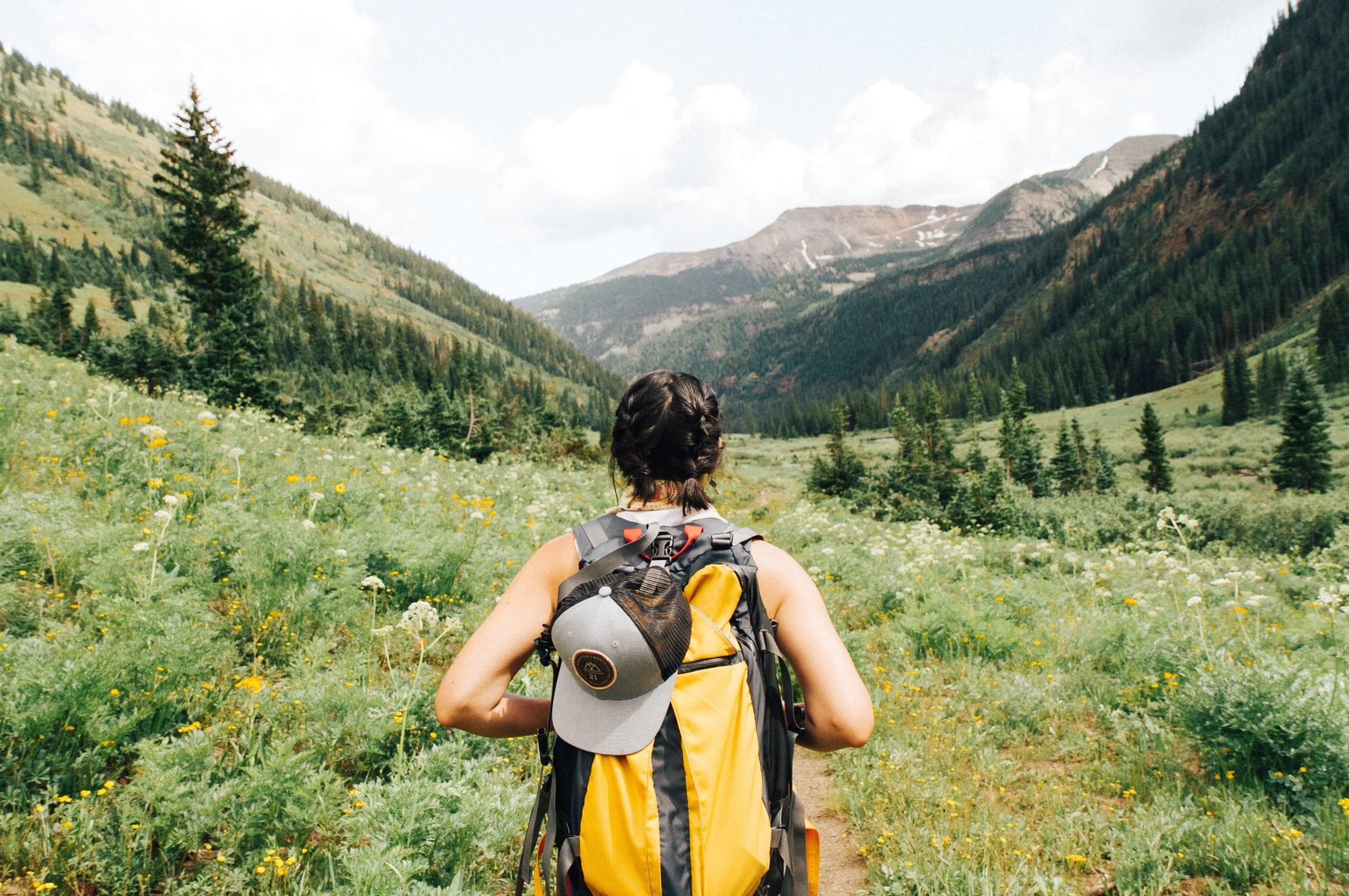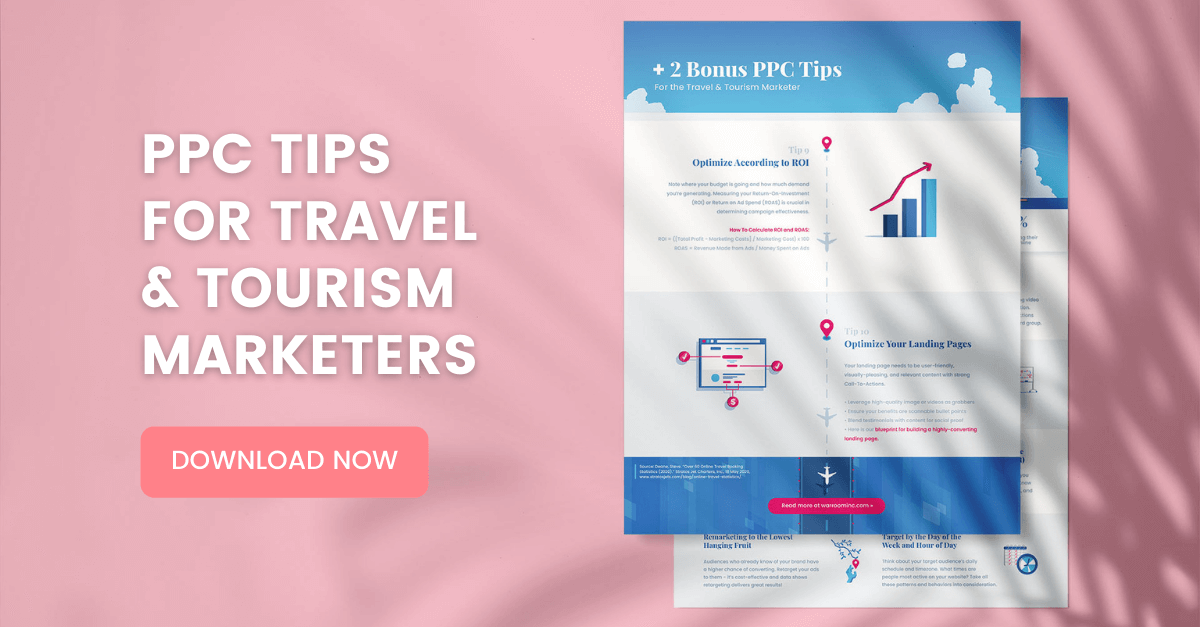The Travel Customer Journey is key for successful travel and tourism marketing. It helps you understand travelers of the past, present, and future.
The COVID-19 pandemic has heavily affected the travel and tourism industry back in 2020 and 2021. “Revenge Travel” was a new term coined to describe the predicted phenomenon of post-pandemic surges in travel bookings. After all, we’ve all been daydreaming about traveling while being stuck at home. Many will be dying to scratch that travel itch when things are safe again, which gradually started to happen in late 2021 onwards.
You might already have a laid-out Travel Customer Journey, but it’s time to spruce it up for this new, post-Covid era. Also, not to mention, technology has revolutionized the way people book for travel. Travel technology solutions are revolutionizing the way travelers experience their journeys, from booking accommodations to exploring new destinations.
For example, with VisaFly‘s expertise, your journey becomes smoother, ensuring you have the necessary visas and permits to explore the world hassle-free.
The travel landscape is now multi-device and multi-channel. Our blog is here to help!
Today, we’ll take a closer look at this journey and the stages within it. We’ll provide tips that can be easily implemented into your existing travel marketing strategy.
Here are the topics we’ll discuss:
Photo by Melissa Walker Horn on Unsplash
What is a Customer Journey?
A Customer Journey is the customer’s complete experience of interacting with a brand. The journey mapping can span different stages, but here we identify the core three:
Awareness
The prospect has run into an issue and realizes they need to find a solution.
Consideration
The prospect is conducting research and shopping around for options.
Conversion
What is a Traveler Customer Journey?
Compared to the typical Customer Journey, the Traveler Customer Journey has different stages. These stages are also known as “Travel Moments”Let’s take a closer look, shall we?

Dreaming
Inspire People to Travel

Planning
Engage with your Brand

Booking
Drive Them to Book

Exploring
Loyalty Though Experience

Remembering
Post-Trip Touchpoints
1. Dreaming
Ah, yes, we all do this. We are daydreaming about sinking our toes into the warm sand on the beach in Fiji, exploring the historical ruins of Pompeii, or biking through the scenic city that is Amsterdam!
This craving for adventure has only multiplied since COVID-19 began, especially considering that people were so locked up inside.
Canceled travel plans are a pain. So! This is the first stage any person that is thinking of traveling will undergo.
A prospect will start by dreaming about a trip to your destination or participating in the tours or activities you offer. It’s hopeful and fun. Note, they don’t have any firm plans at this stage yet. Think of it like they are browsing for travel inspiration and pinning it on their Pinterest board.
As a marketer, this is where you think: how do I get more people to become aware of my location and offerings?
In order to appear in peoples’ “dreams”, brand awareness efforts are a must!
Travel marketers can run awareness campaigns through Display and Social ads. Use vibrant visuals that clearly depict your destination of offerings (this is not the time to be abstract). Paint a picture in their head before they know exactly what they want.
To build awareness, some ad formats work better than others:
- Try to feature models that match the demographic you’re targeting. Family? Couples? Seniors? People want to put themselves in the models’ shoes.
- Are you marketing the gorgeous views of your destination? Compared to the environment, the proportions of the models should be tiny to middle-sized. That is how you feature the destination as the focal point.
- Want to show off the awesome activities you’re offering? Make sure the models are middle to large-sized compared to the background. This way, it demonstrates the experience effectively.
2. Planning
The Planning stage is when people have decided on the destination they want to visit. This is when they start to plan for accommodations, travel, and activities! People will be comparing options and prices before finalizing their decision.
This is a crucial stage for travel marketers to establish their presence and capture people with high purchase intent. You have to stand out from your competition. That means you should cover your ground online. Modern travel software development enables businesses to create comprehensive digital touchpoints that meet travelers where they are in their journey.
Consumers are smart and savvy. 4 out of 10 visits to a travel or tourism website are through mobile. Surveys show that 88% of people would switch to another website if yours doesn’t meet their needs. Thus, be sure your website and landing page provide relevant information and are optimized for mobile devices!
Google breaks down the Travel Customer Journey into micro-moments.
Here’s a look at how mobile devices are shaping the decision-making process for travelers.
Paid Search is geared towards users who are actively searching for specific keywords. See our blog to learn more about Search Ads.
If you are a hotel, hotel ads are a valuable advertising option. You’ll show up at the top of the results and it offers direct booking right on the search results page.
At this stage in the Travel Customer Journey, you want to attract as much traffic from interested audiences as possible. So combine your paid strategy with content marketing. Write blogs about your services, events, and brand. It will provide people with more context in the activities they might be interested in! By doing so, your website will also see a growth in organic traffic.
3. Booking
Did you know that when planning and booking a trip, 94% of travelers switch between devices?
Google shares travel consumer insights:

People switch between smartphones and desktops to double-check prices.
This is why covering your ground online is important. Are you listed and advertising on popular Online Travel Agencies (OTAs) and Metasearch engines?
Our “Advertising Channels” blog discusses the demographics and benefits in detail. Here’s a glance at some of the most popular channels:
OTAs:
- Expedia
- Booking.com
- Kayak
- Travelocity
- Priceline
- Orbitz
- Google Hotel Ads
- TripAdvisor
Aside from listing on travel booking sites and databases, don’t forget about your website! Make booking available on it too. That’s how you make the booking process simple, efficient, and accessible for users.
Here are some tips for creating a seamless booking experience on your website:
- Offer different Call-To-Action (CTA) options (Some people are more comfortable with phoning in to book a reservation VS booking directly online).
- For online booking form CTAs, try one-click buttons and auto-fill form fields.
If you manage to cover all this, you will see increased visibility in search results, website traffic, and bookings.
4. Exploring
Your customers show up at your doorsteps. What now?
The Explore phase in the Travel Customer Journey is your time to shine as a travel provider!
Focus on delivering exceptional customer experiences. This will be especially crucial for the post-pandemic travel rush.
Consider items such as free add-ons like vouchers and discounts and other visitor servicing items. You can feature attractions or restaurants when the consumer has arrived at the destination. You can present it to the customer before their visit through an email notification or in person when they check-in, or ads. Paid search is an excellent tool for visitor servicing alongside hyper-local ads!
Did you know that 85% of leisure travelers decide on their travel activities after arriving at their destination? That’s why you need to provide them with relevant resources when they’re there. Furthermore, 67% of travelers said they felt more loyal to travel providers when more information is provided during their visit. They found that it improved their overall vacation experience!
The Exploring stage is where you create customer loyalty. If a customer had a great time, they would recommend it to their friends and family! That’s why you want to create raving fans.
Raving fans create word-of-mouth referrals, which are invaluable and contribute to high conversions. That’s why you need to set an automated email that requests reviews from your customers a few days or a week after their visit. That’s when their memories are fresh and still riding their vacay bliss “high.” OTAs and Metasearch sites have these in place.
5. Remembering
Some Travel Customer Journeys don’t include this extra stage, but we think it’s important to include it.
Sure, the traveler’s actual vacation has ended in the last stage, but that doesn’t mean their relationship with your brand is over!
This is the stage for customer retention.
Once a person has visited you, you should have their data and contact information.
Consider automating email marketing campaigns to keep them enticed. For example, a family visited your lodge for the summer. In the winter, you have a family package. Wouldn’t they be perfect to target?
On social media, collaborate with local businesses and host contest giveaways! Also, keep actively managing your social media accounts by posting new content.
Because of Google’s removal of third-party cookies, it will be important for businesses to start collecting first-party data. With the collected first-party audience data, you should be segmenting them based on demographics and interests. Then, run retargeting campaigns geared towards different audiences to kickstart returning customers!
How to Track the Travel Customer Journey?
Sure, maybe now you have paid ad campaigns set up. Aside from tracking ad clicks, website traffic, and bookings…is there a way to track more?
Tools like Klick&Mortar can provide a deeper level of data insights to your digital marketing campaign. It connects to your paid ad campaigns and tracks travelers’ behaviors. Starting from the first time they’ve seen your ad to the moment they step foot onto your location — it can all be tracked! This allows marketers to measure precisely how effective their ads were. Furthermore, it grants you transparency across audiences, which is invaluable when it comes to retargeting. With this tool, travel marketers will be able to predict and prepare for future campaigns better.
Take a look at the testimonial from Thompson Okanagan Tourism Association who leveraged the Klick & Mortar technology:
You can also read the detailed case study here!
Why is it Important to Map out a Travel Customer Journey?
A Travel Customer Journey enables you to establish your presence on every travel moment to capture your audience. It should be the structure for your digital marketing strategy. Different advertising channels work for different stages.
The journey for travel marketers is a never-ending cycle. It motivates us always to bring our A-game and keep up-to-date with industry trends.
When planning out your brand’s Travel Customer Journey, think about:
- Who is my target audience?
- What is their need?
- What is their current situation?
- How can I help elevate their experience?
- Where can I find my audience?
- How can I appeal to them?
- How do I stand out from my competitors?
- What can I do even better?
- (Rinse and repeat)
By following these tips, you’ll be on your way to getting more bookings and a better Return On Investment!
Looking for Travel Advertising?
Look No Further!
Say hello to customized advertising strategies that convert.
Get in touch with our programmatic experts today!





